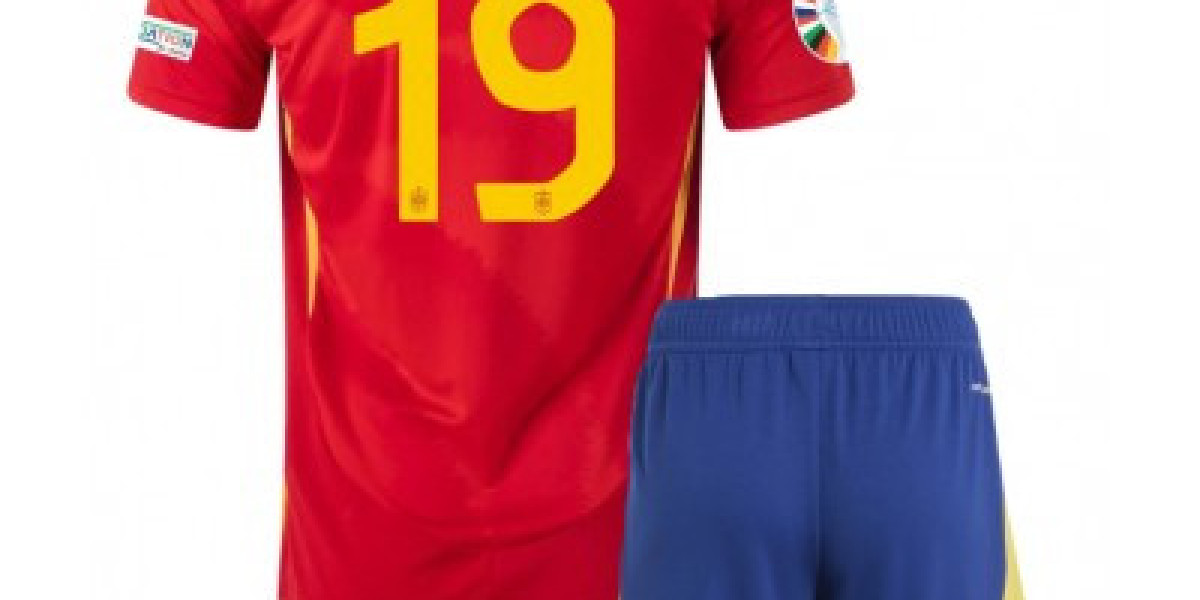MLB The Show 25 continues to push the MLB The Show 25 Stubs boundaries of baseball gaming with new features, cards, and competitive gameplay. One of the most exciting aspects for Ultimate Team (or Diamond Dynasty) players is the introduction of Parallel 5 cards — some of the rarest and most powerful player cards in the game.
Recently, I decided to build and play with a full Parallel 5 team to test out just how dominant these cards are and whether they truly live up to the hype. In this article, I’ll share my experience, the strengths and weaknesses of a full Parallel 5 lineup, the gameplay impact, and whether it’s worth the investment.
What Are Parallel 5 Cards?
Parallel 5 cards are the pinnacle of card rarity and power in MLB The Show 25’s Ultimate Team mode. They represent players with:
Top-tier overall ratings, often maxed out or near-maxed.
Enhanced stats and boosted attributes beyond their base or Evolution versions.
Exclusive animations and unique skill boosts that set them apart from other cards.
Ultra-rare drop rates, making them incredibly hard to obtain.
Each Parallel 5 card is a significant upgrade over standard cards, often featuring:
Elite hitting attributes: contact, power, vision, and discipline.
Exceptional fielding: perfect or near-perfect defense ratings.
Lightning-fast speed and aggressive baserunning traits.
Better clutch abilities and more consistent performance in high-pressure situations.
Building the Full Parallel 5 Team: The Grind and Investment
Creating a full Parallel 5 lineup is no small feat. It requires:
Significant in-game currency or real money investment to buy packs or cards on the market.
Grinding through events and missions to earn rewards and packs that may contain these rare cards.
Patience and strategy to trade and upgrade your roster to a full Parallel 5.
I started by prioritizing key positions such as pitching and middle infield, then gradually worked my way out to build a balanced team with Parallel 5 cards at every position.
The Gameplay Experience: How Does a Full Parallel 5 Team Perform?
Offensive Dominance
The first thing you notice is the offensive firepower. With a full team of Parallel 5 hitters:
Contact rates soared, making it easier to avoid strikeouts and put the ball in play.
Power numbers translated to frequent home runs and extra-base hits, giving my team a consistent edge in run production.
Pitch recognition and vision stats helped in working the count, leading to more walks and better pitch selection.
This translated into a lineup that could consistently put pressure on opposing pitchers, whether in ranked matches or Franchise mode.
Defensive Mastery
On defense, the team was just as impressive:
Perfect or near-perfect fielding meant fewer errors and more spectacular plays.
Fast reaction times and smooth animations made turning double plays and chasing down balls more fluid and satisfying.
Arm strength and accuracy kept base runners in check and prevented easy steals or extra bases.
This defensive reliability turned potential scoring threats into outs, giving me confidence in close games.
Pitching Excellence
No baseball team is complete without stellar pitching, and my Parallel 5 rotation and bullpen were elite:
Pitchers featured excellent control, velocity, and movement, making it harder for opponents to make solid contact.
Closer and setup men could shut down late innings with devastating strikeout rates.
This pitching depth allowed me to maintain leads and close out games effectively.
Challenges of Running a Full Parallel 5 Team
While the gameplay benefits were clear, there were also some challenges:
Cost and Accessibility
Parallel 5 cards come at a steep price — either in terms of in-game currency or real money spent on packs and the market. This creates a high barrier for entry and isn’t feasible for every player.
Matchmaking Concerns
Playing with such a high-rated team often matched me against equally stacked opponents, meaning games were highly competitive and intense. There’s little room for error, and every pitch and swing mattered.
Team Chemistry and Lineup Balance
Although all cards were powerful, some positions had more impact than others. Finding the perfect lineup balance and batting order to maximize each player’s strengths was a constant challenge.
Strategies for Success with a Full Parallel 5 Team
To truly get the most out of a full Parallel 5 lineup, I used these strategies:
Optimize Batting Order
Placed contact hitters at the top to get on base.
Slotted power hitters in the middle to drive runs.
Used speedy players at the bottom to act as a second leadoff.
Defensive Positioning
Took advantage of fielding ratings to position players in areas where they could make the most plays.
Employed strategic shifts depending on opposing hitters.
Pitching Rotation Management
Balanced starting pitchers and bullpen roles for maximum rest and effectiveness.
Used relief pitchers aggressively to close tight games.
Community and Competitive Impact
The presence of full Parallel 5 teams has raised the competitive bar in MLB The Show 25 Ultimate Team. Players using these cards dominate leaderboards, push new meta strategies, and redefine what “top-tier” performance looks like.
At the same time, this has sparked discussions about:
The cost vs. reward of chasing these rare cards.
Whether the game becomes less accessible or fun for players without Parallel 5 lineups.
Balancing gameplay to ensure competitive fairness.
Final Thoughts: Is a Full Parallel 5 Team Worth It?
Using a full Parallel 5 team in MLB The Show 25 is undeniably a powerful and rewarding experience. The enhanced stats and animations elevate every aspect of the game — hitting, pitching, fielding, and baserunning. However, it comes at a cost that requires dedication, resources, and commitment.
For players who love competitive play and cheap MLB 25 Stubs have the means to invest, building a full Parallel 5 lineup can be a game-changer. For others, focusing on strategic upgrades and blending some Parallel 5 cards with strong Evolution or Flashback cards might be a more balanced approach.








